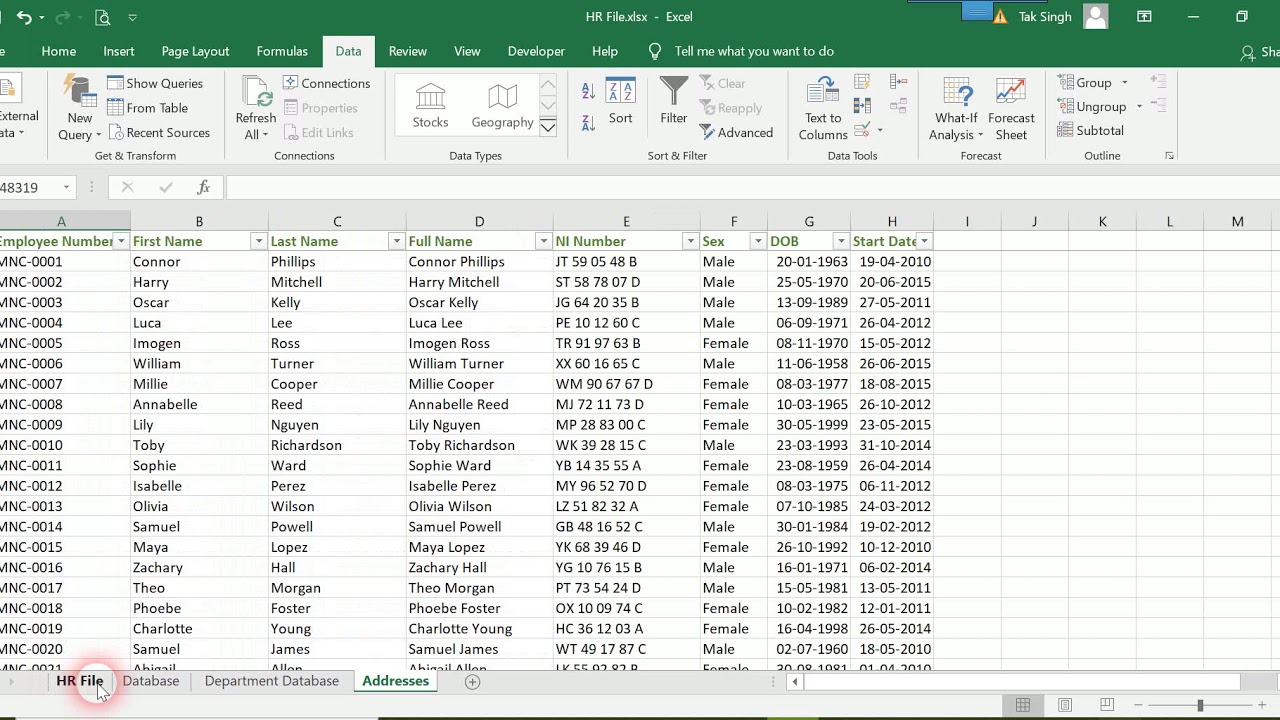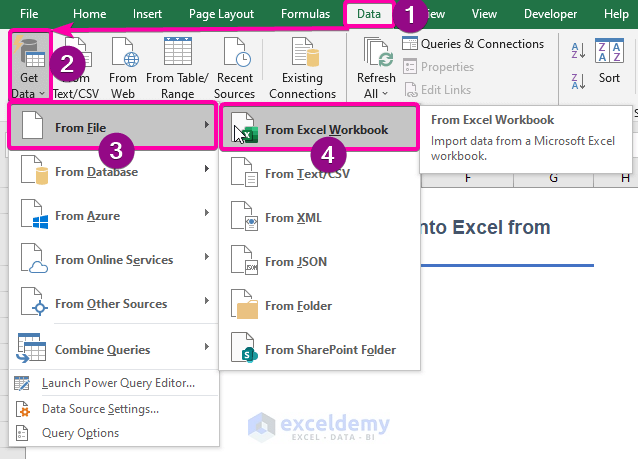5 Simple Ways to Import Excel Sheets Instantly

Importing data from Excel sheets can often seem like a daunting task, whether you're managing business records, personal finances, or other large sets of data. Thankfully, there are streamlined methods available today that make this process swift and effortless. Here are five simple ways to import Excel sheets instantly into various software or applications for enhanced productivity and data analysis.
1. Direct Import through Excel’s Import Wizard

Excel’s built-in Import Wizard allows you to import data from external sources, including text files, databases, and other spreadsheets, into Excel. Here’s how you can do it:
- Open Excel.
- Click on ‘Data’ tab and then ‘From Text/CSV’ for CSV files or other formats.
- Select the file you wish to import.
- The Import Wizard will guide you through the steps to import your data correctly, allowing you to specify delimiters, column formats, and other options.

2. Using Power Query in Excel

Power Query offers a powerful tool for data extraction and transformation within Excel:
- Open Excel and go to the ‘Data’ tab.
- Click ‘Get Data’ > ‘From File’ > ‘From Workbook.’
- Select your Excel workbook and follow the prompts.
- Power Query’s user-friendly interface lets you transform, merge, and clean data effortlessly.

3. Online Cloud Services

Cloud platforms like Google Sheets or Microsoft OneDrive provide a direct import method:
- Upload your Excel file to Google Drive or OneDrive.
- Open with Google Sheets or Excel Online.
- Data is instantly imported into the online spreadsheet tool, allowing for real-time collaboration and editing.
4. Third-Party Data Import Tools

There are numerous third-party tools designed to simplify the process:
- Tools like Tableau, Apache POI, and Python with pandas can import Excel files efficiently.
- Each has its setup:
- Install necessary libraries or software.
- Use the tool’s interface or scripts to import data.
🔍 Note: Make sure you have the latest version of these tools to ensure compatibility with newer Excel file formats.
5. API Integration

If your workflow involves integrating Excel data into a broader system or application, consider using APIs:
- REST APIs can connect Excel with software like CRM systems, databases, or financial software.
- Set up the API, then:
- Authenticate your connection.
- Make a request to fetch or push data to/from Excel.

Each of these methods has its strengths and is suited for different scenarios. Whether you need basic data import, complex transformation, or seamless integration with other systems, there's a solution for you.
Can I import data from other file types besides Excel?

+
Yes, you can import data from CSV, TXT, XML, JSON, and many other file formats using tools like Excel, Power Query, or third-party software.
Is it possible to automate the import process?

+
Absolutely! You can automate the import using VBA macros in Excel or scripts with tools like Python or APIs, making data updates seamless and regular.
What are the advantages of using cloud services for data import?

+
Cloud services offer collaboration features, accessibility from any device, version control, and automatic syncing which enhances productivity and ease of use.
How do I handle large datasets when importing?

+
For large datasets, consider breaking the data into smaller batches, using tools designed for big data like Power Query or opting for direct database connections.
What should I do if the data format doesn’t match?

+
Use data transformation features in import tools to map and convert data into the desired format or script your transformations with Python or similar languages.



